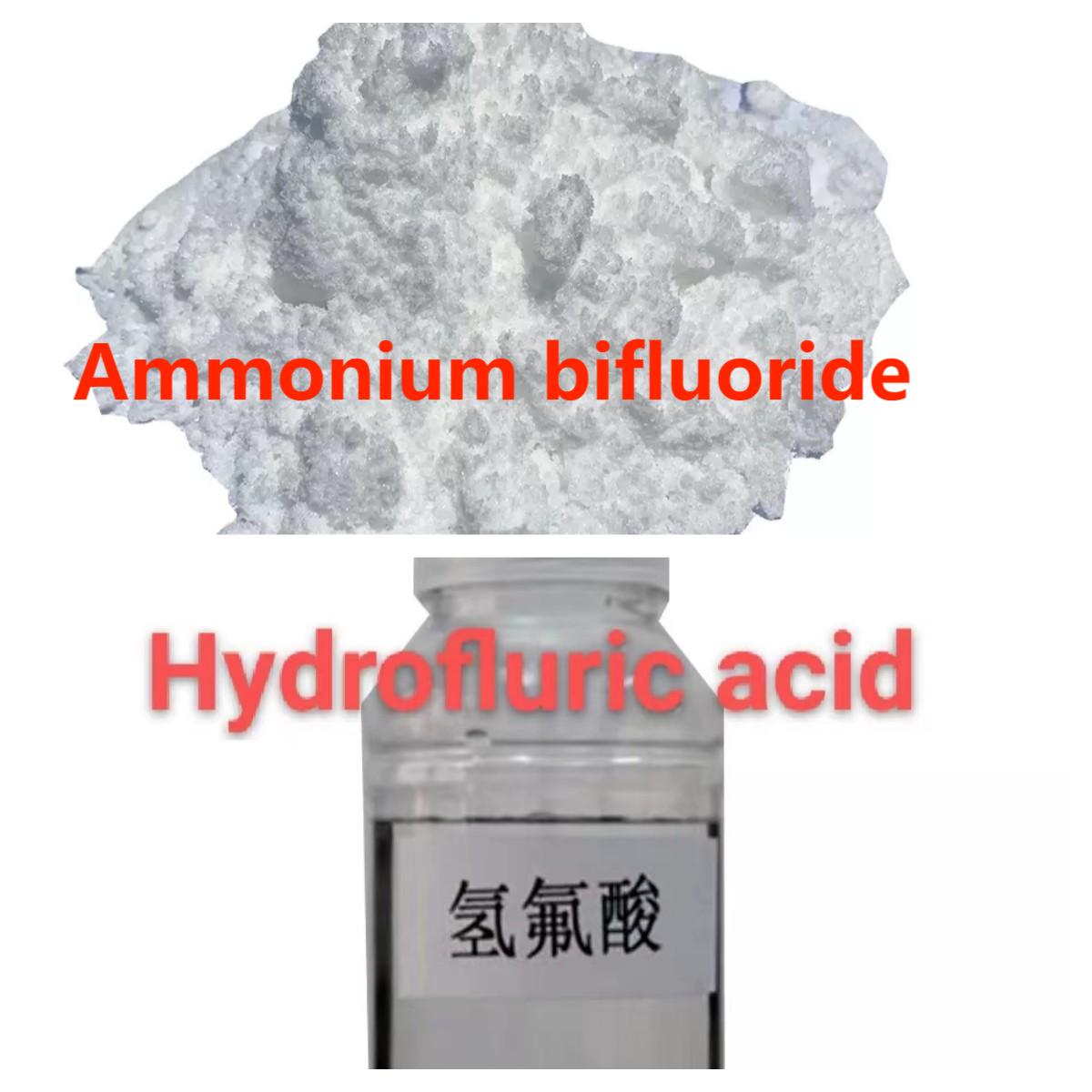Are Ammonium Bifluoride And Hydrofluoric Acid Used For The Same Purposes?
Ammonium bifluoride and hydrofluoric acid are different compounds with distinct chemical structures and properties. Although they both contain hydrogen, fluorine, and nitrogen elements, their chemical formulas and molecular structures are different. While there may be some overlap in their applications, the specific uses and chemical properties of ammonium bifluoride and hydrofluoric acid are not entirely the same. When choosing to use these compounds, the selection should be based on specific needs and applications. Additionally, due to their classification as hazardous chemicals, it is necessary to follow the corresponding safety protocols when handling ammonium bifluoride and hydrofluoric acid.
Ammonium bifluoride and hydrofluoric acid have some differences in their properties and applications.
Ammonium bifluoride and hydrofluoric acid are different compounds with distinct chemical structures and properties. Although they both contain hydrogen, fluorine, and nitrogen elements, their chemical formulas and molecular structures are different. While there may be some overlap in their applications, the specific uses and chemical properties of ammonium bifluoride and hydrofluoric acid are not entirely the same. When choosing to use these compounds, the selection should be based on specific needs and applications. Additionally, due to their classification as hazardous chemicals, it is necessary to follow the corresponding safety protocols when handling ammonium bifluoride and hydrofluoric acid.
Ammonium bifluoride and hydrofluoric acid have some differences in their properties and applications.
1.Composition and properties: Ammonium bifluoride is a white crystalline compound formed by the reaction of hydrogen fluoride and ammonia water. It is typically found in the form of powder or crystals, with the chemical formula NH4HF2. It is soluble in water, producing an acidic solution. On the other hand, hydrofluoric acid is a clear, colorless, fuming liquid formed by dissolving hydrogen fluoride gas in water. It has a strong, irritating odor and is a strong acid capable of dissolving many metals and inorganic substances.
2.Applications: Ammonium bifluoride is widely used in glass etching, as it can help mitigate the greenhouse effect by absorbing carbon dioxide. It is also commonly used in metal surface treatment, etching agents, catalysts, and other applications. Hydrofluoric acid, due to its strong corrosive properties, finds extensive use in chemical laboratories, metal processing, electronics industry, as well as in the removal of glazes from surfaces such as tiles, pottery, and glass. It is also employed in metal etching processes.
In summary, ammonium bifluoride and hydrofluoric acid exhibit differences in their properties and applications. Ammonium bifluoride is more commonly used in glass etching and in reducing the greenhouse effect, while hydrofluoric acid is more frequently employed in metal etching and the removal of surface glazes.
